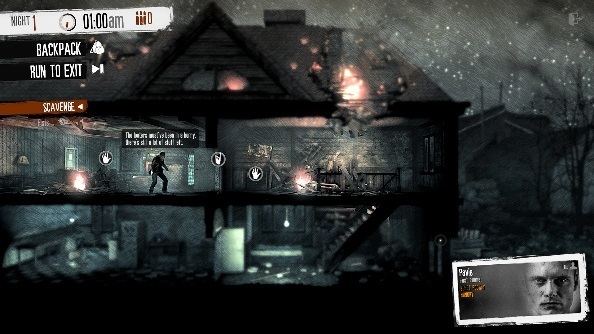 | ||
Survival games are a subgenre of action video games that generally start the player off with minimal resources, in a hostile, open-world environment, and require them to collect resources, craft tools, weapons, and shelter, and survive as long as possible. Many survival games are based on randomly or procedurally generated persistent environments, with more recently created games often playable online, with multiple players on a single persistent world. Survival games are generally open-ended with no set goals, and are often closely related to the survival horror genre, in which the player must survive within a supernatural setting, such as a zombie apocalypse.
Contents

10 best survival games of all time
Gameplay

Survival games are considered an extension of a common video game theme where the player-character is stranded or separated from others, and must work alone to survive and complete a goal. Survival games primarily focus on the survival parts of these games, while encouraging exploration of an open world. They are primarily action games, though some gameplay elements present in the action-adventure genre—such as resource management and item crafting—are commonly found in survival games,and are often central elements in some titles, like Survival Kids. At the start of a typical survival game, the player is usually placed alone in the game's world with few resources. It is not uncommon for players to spend the majority or entirety of the game without encountering a friendly non-player character; since NPCs are typically hostile to the player, emphasis is placed on avoidance, rather than confrontation. In some games, however, combat is unavoidable and provides the player with valuable resources (i.e., food, weapons, and armor).
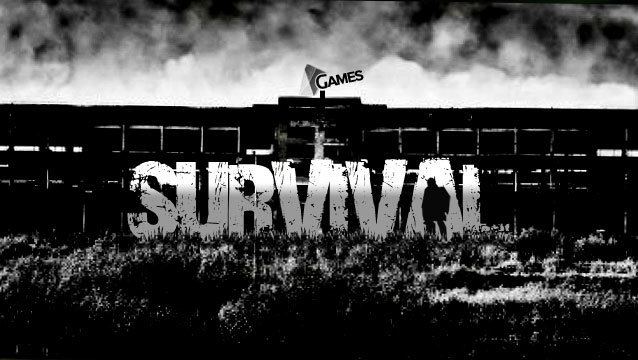
In some titles, the world itself is often generated randomly so that players must actively search for food and weapons, with knowledge from previous games being used for visual and audio cues about where resources may be found nearby. The player-character will typically have a health bar, and can take damage from falling, starving, drowning, stepping into lava or similar deadly liquids, or being attacked by monsters that inhabit the world. Other metrics may also come into play; the survival title Don't Starve features both a separate hunger gauge and a sanity meter, which (if allowed to fully deplete) will cause the death of the character. In some games, character death is not 'the end'; the player may be able to return to the point at which his character died to retrieve lost equipment. Other survival games use permadeath: the character has one life, and dying requires that the game be restarted from the beginning. While many survival games are aimed at constantly putting the player at risk from hostile creatures or the environment, others may downplay the amount of danger the player faces and instead encourage more open-world gameplay, where player-character death can still occur if the player is not careful or properly equipped.
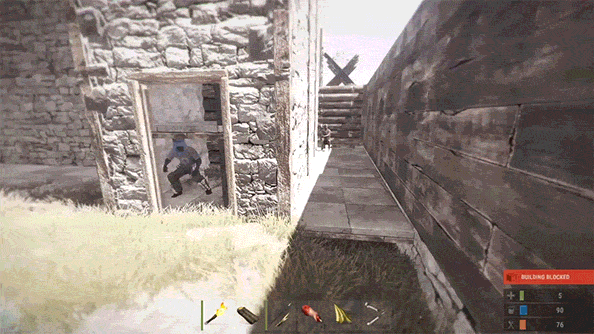
Many survival games feature crafting systems; by combining two or more resources, the player can create a new object, which can be further used for crafting. This enables gameplay where the player can collect resources to craft new tools that enable them to access better resources that will eventually lead to better tools and weapons. A common example is creation of pick-axes of various levels of hardness, starting from wood; these allow stone to be mined but not metallic ores, but a stone pickaxe, made from collected stone, can be used to mine these ores. The same concept applies to weapons and armor, with those made out of more difficult-to-acquire materials providing better offensive and defense bonuses. Often, the crafting system includes durability factors for tools and weapons, so that after repeated uses, the tool will break and new ones created. Crafting systems may not give the player the necessary recipes for crafting, requiring this to be learned through discovery or through game guides.
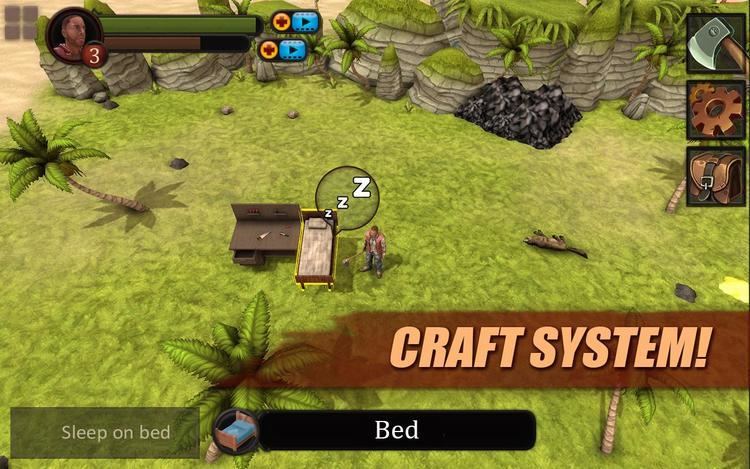
There is rarely a winning condition for survival games; the challenge to the player is to last as long as possible, though some games set a goal for survival time. As such, there is rarely any significant story in these games, beyond setting up the reason why the player-character has found themselves in this situation. Some survival games provide quests to help guide the player to learn the game's survival mechanics and lead them to more dangerous areas as to acquire better resources. Because of the open-world nature and crafting systems, some open-world games can allow for user-made creations to be built. Minecraft, for example, allows players to place blocks to construct crude shelters for protection, but as they gather more resources and readily survive, players can create massive structures from the game's building blocks, often modeling real-world and fictional buildings. Survival games typically feature non-replenishing resources, though the player can take steps to allow new resources to become available. For example, in Terraria, chopping down a tree will eliminate that tree from the game, but the player can replant seeds that will allow new trees to grow.
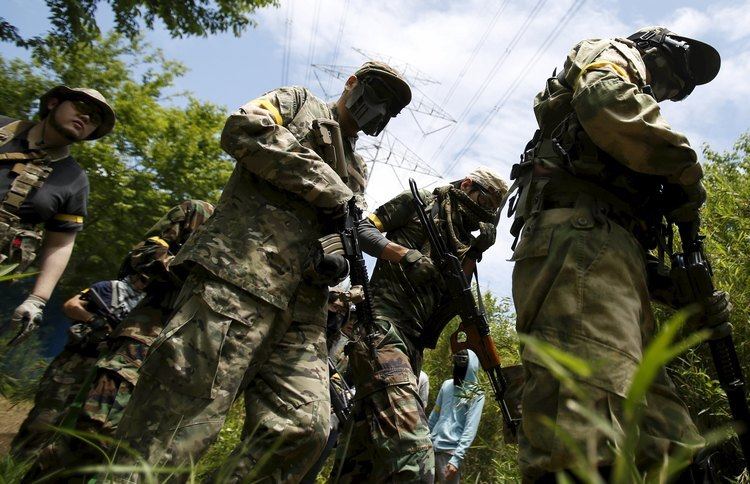
Survival games are nearly always playable as a single player, but many are designed as multiplayer experiences, with game servers hosting the persistent world that players will connect to. The open-ended nature of these games encourage players to work together to survive, but do not prevent the killing of player-characters, and in some cases, can making this a rewarding goal such being able to loot the dead character's body. This can lead to players forming alliances, constructing fortified structures and working together to protect themselves from both the dangers presented by the game's world and from other player-characters.
Many survival games are presented in the first-person perspective to help immerse the player in the game. Other titles have taken other methods of presentation: games like Terraria and Starbound are presented as two-dimensional side views, while Don't Starve uses sprites rendered in a three-dimensional isometric projection. Further, while survival games are considered action games, there are other genres that feature the survival theme, such as turn-based role-playing games Dead State and NEO Scavenger, and the first-person shooter, story-driven S.T.A.L.K.E.R. series. Survival mechanics, particularly resource gathering, hunting, and crafting, have also become elements of games primarily focusing on other genres, such as 2013's Tomb Raider and the Far Cry series.
History
An early example of the survival game genre is UnReal World. This game was created by Sami Maaranen in 1992 and still in active development at the present. The game was based on a roguelike approach, using ASCII graphics that computers were capable of at the time, and placed the player in the harsh conditions of Finland during the Iron Age. Unlike traditional rogue-likes where there was a goal to reach, UnReal World's only goal was to survive as long as possible against wild creatures and the dangers that the snowy weather created. Another early example of the survival game genre is the Super Nintendo Entertainment System game SOS, released by Human Entertainment in 1993.
Wurm Online is also a title containing some elements that ultimately have influenced a number of survival games. As a massively multiplayer online role-playing game, the game set players as characters in a medieval setting, allowing them to terraform the land, create buildings, and effectively develop their own kingdoms. Initial development began in 2003 by Rolf Jansson and Markus Persson, and though Persson left around 2007, the game continues to be operated and expanded in the present. Persson became instrumental in developing Minecraft, the title that is considered to have given popularity to the survival game genre. Within initial public releases in 2009, Minecraft focuses on resource-gathering and crafting in a procedurally-generated world, and requiring the player to defend themselves during night cycles while managing to scavenge for resources otherwise.
Another key title in the survival genre was DayZ. It was originally released as a mod in 2012 for ARMA 2, but due to its popularity, was later expanded to a standalone game. The game sets the players in the aftermath of a zombie apocalypse, requiring the characters to avoid hordes of zombies while scavenging through the remains of human civilization for resources. As a result of the financial success of Minecraft and DayZ, the survival genre began to see numerous titles released from 2012 onward. Some considered that the market has become saturated with many titles based on the same post-apocalyptic setting, clones of more popular titles, and titles released as a quick attempt to make money using Early Access models.
List of survival games
The following is a representative list of games classified in the survival genre.
